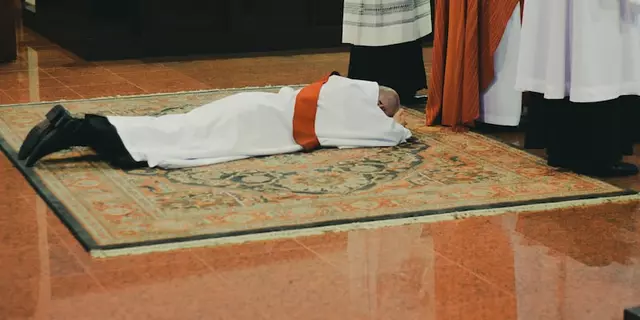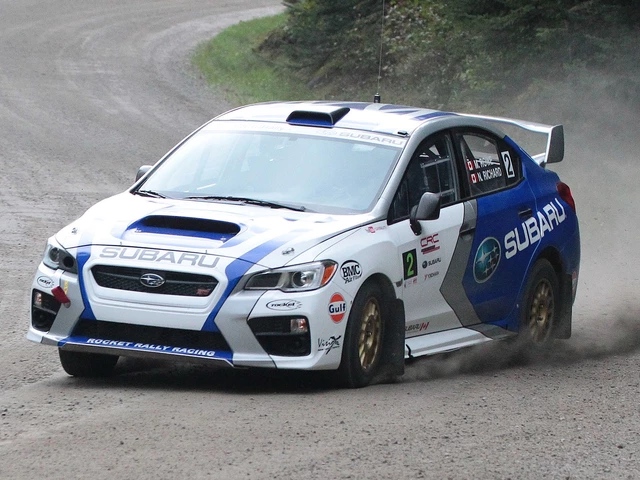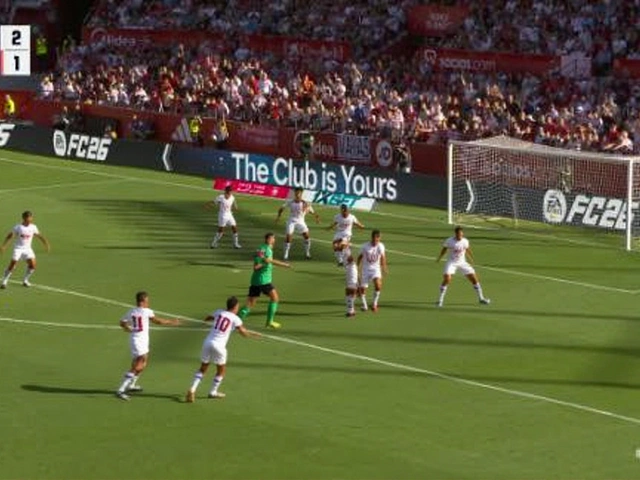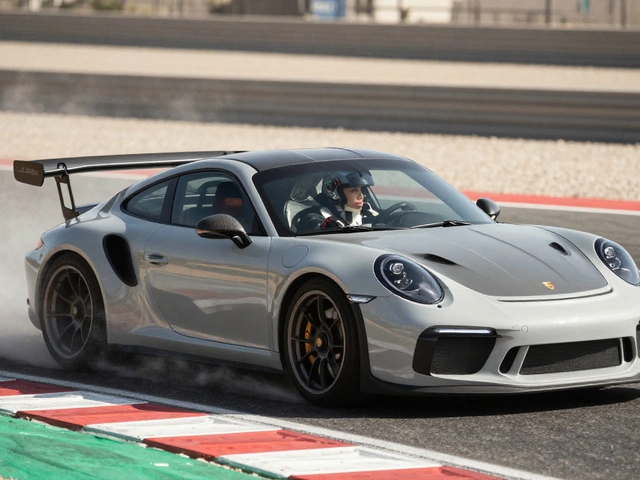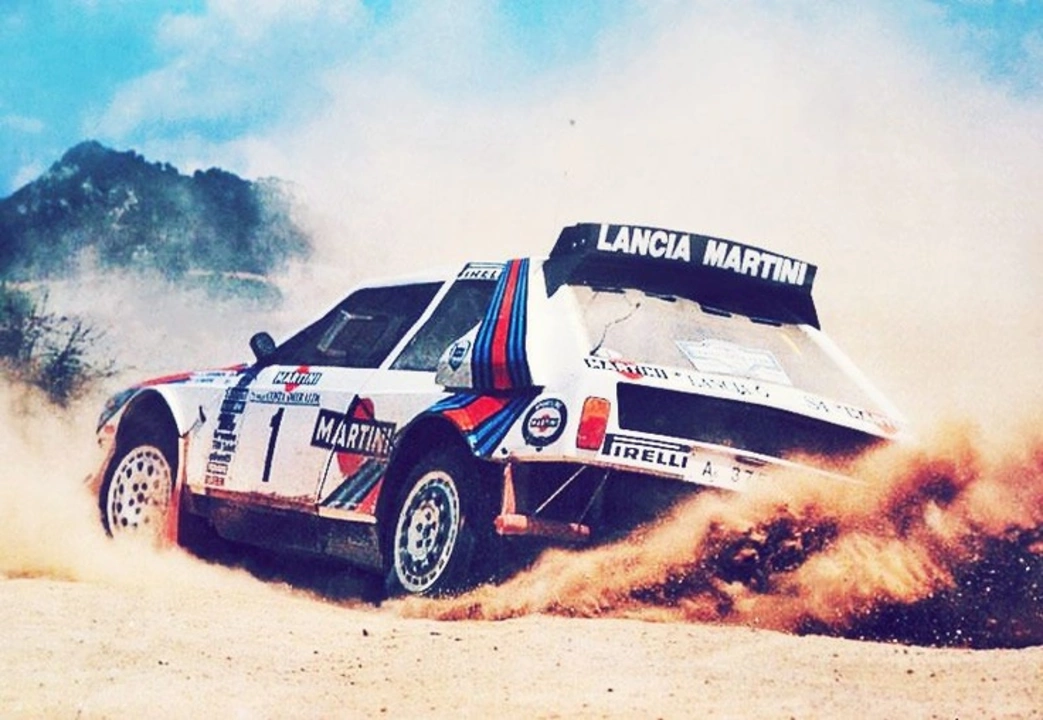
The Golden Era of Rally Car Racing: Group B
As a blogger who is passionate about rally car racing, I have always been fascinated by the legendary era of Group B rally cars. These machines, which dominated the racing scene in the 1980s, were eventually banned due to their extreme speeds and the dangers they posed to drivers and spectators alike. In this article, I will delve deep into the history of Group B rally cars, exploring the reasons behind their ban and the legacy they left behind.
The Birth of Group B Rally Cars
Group B rally cars emerged in the 1980s as a response to the introduction of a new set of regulations by the Fédération Internationale de l'Automobile (FIA). The FIA sought to create a more exciting rallying spectacle by allowing manufacturers to develop highly advanced and powerful machines. These regulations led to the birth of some of the most iconic and awe-inspiring rally cars ever created.
Unparalleled Power and Performance
The Group B rally cars were known for their incredible power and performance. With the FIA's relaxed regulations, manufacturers were free to experiment with cutting-edge technology and materials, resulting in cars with over 500 horsepower. This newfound power allowed drivers to reach speeds that had never been seen before in rally car racing, thrilling fans and attracting new audiences to the sport.
The Dark Side of Group B: The Dangers
As thrilling as the Group B rally cars were to watch, their extreme power and speed also came with a dark side: danger. With little regard for driver or spectator safety, the powerful machines were involved in a number of high-profile accidents, some of which resulted in fatalities. The FIA soon realized that something needed to be done to address the dangers posed by these machines.
The Tragic 1986 Rally Portugal Accident
One of the most infamous accidents involving a Group B rally car occurred at the 1986 Rally Portugal. Driver Joaquim Santos lost control of his Ford RS200, plowing into a large group of spectators. The tragic accident left three people dead and over 30 injured. This event was a turning point for the FIA, who began to seriously consider banning Group B rally cars.
The Decision to Ban Group B Rally Cars
In 1986, following the tragic Rally Portugal accident and several other high-profile incidents, the FIA made the difficult decision to ban Group B rally cars. The organization believed that the extreme speeds and power of these machines made them too dangerous for both drivers and spectators. The ban effectively put an end to the golden era of rally car racing, leaving fans and drivers alike in mourning.
Group B Rally Cars: A Lasting Legacy
Despite their eventual ban, Group B rally cars left a lasting legacy on the world of motorsports. The innovations and technological advancements developed during this era continue to influence rally car design and engineering today. Additionally, the legendary status of Group B rally cars has led to a thriving community of enthusiasts who still celebrate and appreciate these incredible machines.
The Influence on Modern Rally Cars
Modern rally cars owe much to the innovations pioneered by Group B rally cars. Technologies such as all-wheel drive, turbocharging, and advanced aerodynamics were all developed and perfected during the Group B era. These advancements continue to play a crucial role in the design and performance of today's rally cars, allowing them to reach new heights of speed and power.
Conclusion: The End of an Era, But Not Forgotten
Group B rally cars may have been banned, but their impact on the world of motorsports will never be forgotten. These awe-inspiring machines pushed the boundaries of what was possible in rally car racing, captivating audiences and inspiring a new generation of drivers and engineers. While their time on the racing circuit was short-lived, the legacy of Group B rally cars will continue to live on in the hearts and minds of motorsports enthusiasts around the world.

